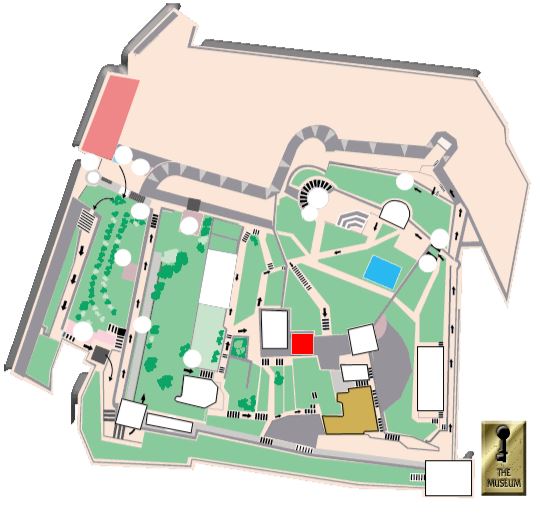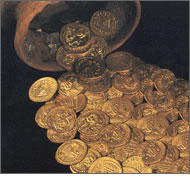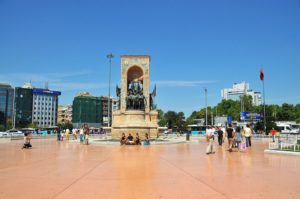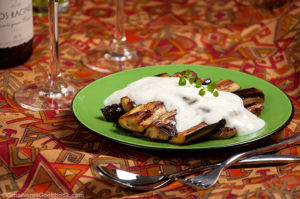One thing that historical researchers have all agreed on is the symbol and status of jewelry. Throughout time, any kind of coins and jewelry in ancient cities represented the wealth of a person or city. When someone wore a lot of jewelry, it meant they came from royalty or were wealthy themselves. Museum collections around the world like to show case ancient jewelry to show how prominent members of ancient society displayed their wealth.


It’s thoroughly important to historians to study coins and ever since the minting of these coins, historians have been trying to understand just how much power they gave people and why they were so symbolic. While a lot of different museums have exhibits devoted to coins and ancient jewelry, there’s one thing that distinguishes the Bodrum museum exhibit of ancient coins from other museums.
When you visit the exhibit of coins and jewelry here, you can imagine just how valuable the money was and the Bodrum museum tries to tell the story of these coins in a way that will help you better understand just how relevant these coins were to everyday life for these people. It’s like people who only carry around $100 bills and drive super cars. When you see them, you automatically think of royalty or someone who’s insanely rich. This is the same effect coins had back then.
Recent Articles
To help people get a better understanding of what these coins were worth, these coins are seated next to things such as bread, meat, oil and other things they could purchase with them. Any kind of commodity that was needed or was worth purchasing had to be paid for in coins, depending on the city and location. The value shown next to these commodities simply gives off an illustration as to how powerful and valuable the currency was then.
Even back then, there was government aid given to poor people and poor workers who needed help. The concept of welfare isn’t new and definitely isn’t a modern invention. Even in ancient civilization, the poor would receive benefits based on their working status and again, this depends on the era and ancient city because some didn’t provide that kind of relief.
There are coins from the cities of Anatolia and Caria where they can be seen in chronological order from smallest to largest. There are a lot of narration and graphics to help you better understand these coins, what they mean, how much they’re worth and what kind of weight they held in their society. One of our strongest backing evidence is the Hecatomnid Dynasty. This Dynasty ruled Caria an estimated 2400 years ago under the Persian Empire. The Persian Empire is famous for using coins and jewelry as a symbol of status.
You can find coins with the head of Apollo on them at this exhibit. You can also find some coins with the name reversed of Zeus Labraunda here as well. Most notable for carrying a Carian themed axe over the right shoulder which he was known for. If you want to know about the historical origins of coins, it should be noted that the very first coins can be found from Lydia where they were minted.
Lydia is the neighbor of Caria which sits slightly to the north. While historical researchers don’t know the exact reasoning of the coin and why it was invented, we can only assume that it’s because of what has carried over to today. We don’t have to exchange goods for other goods, instead we can use a simple currency that’s produced for work, goods or services. Money is the lifeline for a lot of civilizations and it all started with the minting of a coin.
The jewelry worn back then included everything from finger rings, to toe rings to necklaces. In this exhibit, you’ll find a lot of different jewelry that’s arranged and presented in the same way that it was worn by ancient royalty. These jewelry pieces were regarded as highly sought after prized possession during the time. Some of the ornamentation found in the museum can be dated back to the 4th century BC era.









